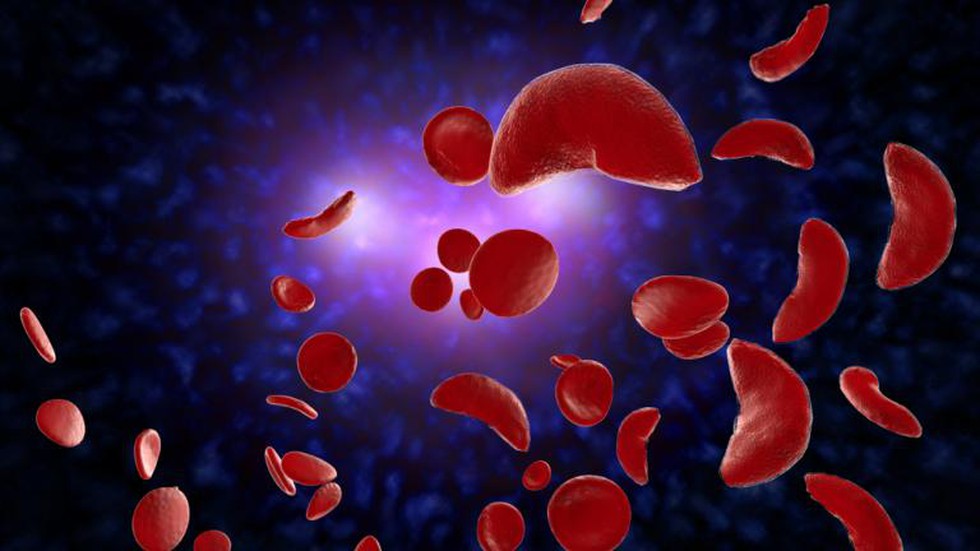
About Sickle Cell Disease (SCD):
The pharmaceutical giant Pfizer recen...
Prime Minister of India recently laun...
The Sahara Desert is undergoing a rar...
The Central government recently appoi...
According to experts, of the 450 hect...
An annular solar eclipse was visible ...
National Biodiversity Strategy and Ac...
Recently, for the first time, a honey...
Recently, the Department of Social Ju...
Researchers recently developed an ele...